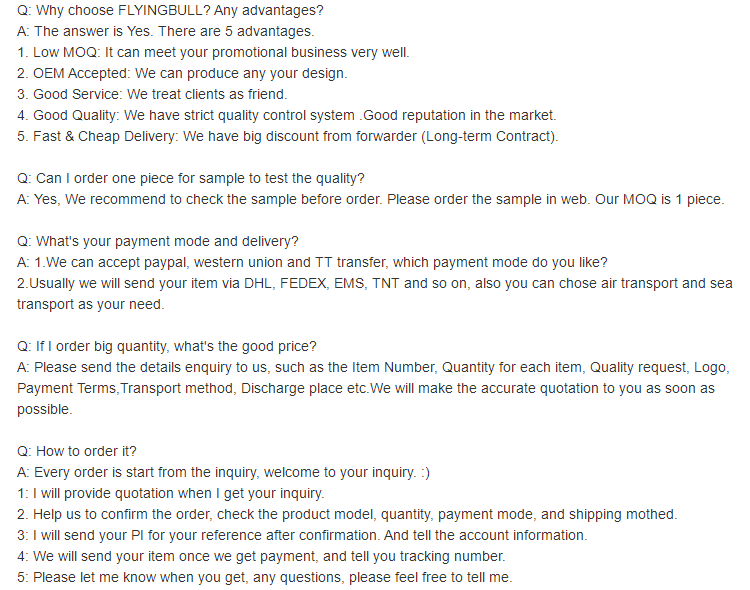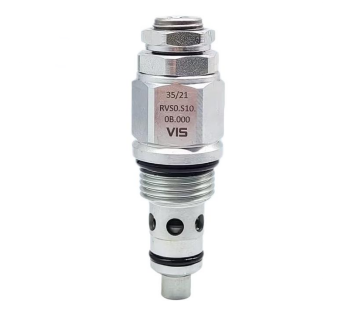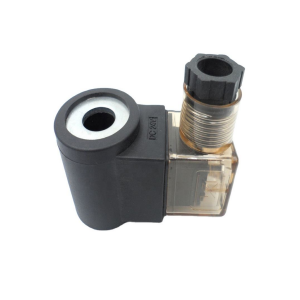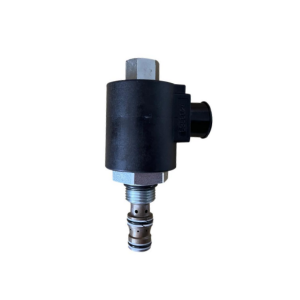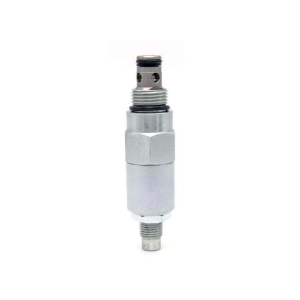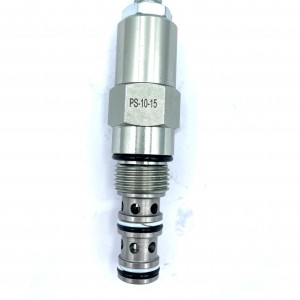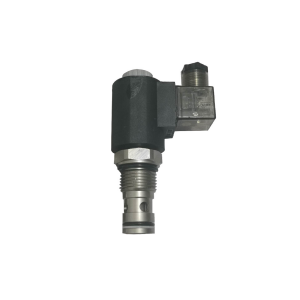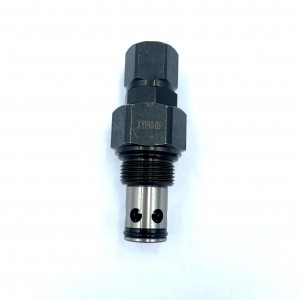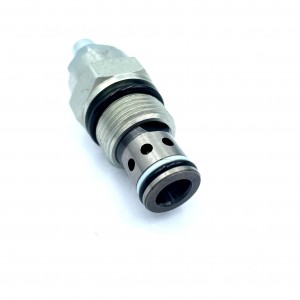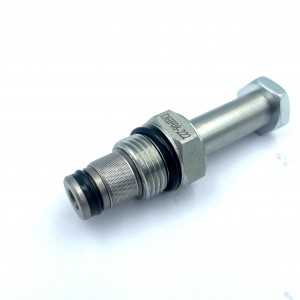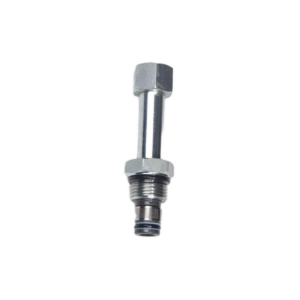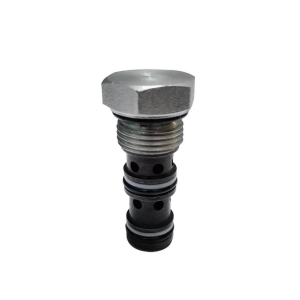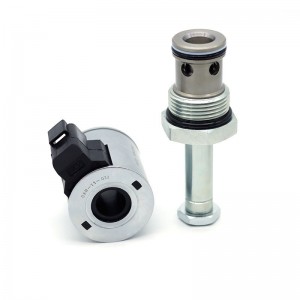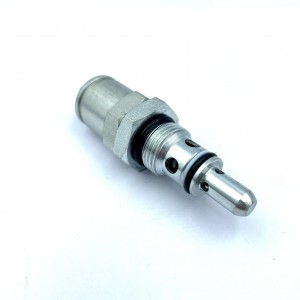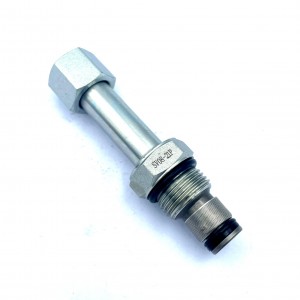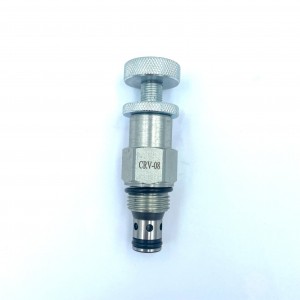E320B excavator relief valve 171-0030 E320 safety valve main valve
Details
Sealing material:Direct machining of valve body
Pressure environment:ordinary pressure
Temperature environment:one
Optional accessories:valve body
Type of drive:power-driven
Applicable medium:petroleum products
Points for attention
Relief valve is a hydraulic pressure control valve, which mainly plays the role of constant pressure relief, pressure regulation, system unloading and safety protection in hydraulic equipment. In the quantitative pump throttling regulation system, the quantitative pump provides a constant flow, when the system pressure increases, the flow demand will be reduced, at this time the relief valve is opened, so that excess flow back to the tank, to ensure that the relief valve inlet pressure, that is, the pump outlet pressure is constant. The relief valve is connected in series on the return oil circuit, and the stability of the moving parts of the back pressure of the relief valve is increased. The unloading function of the system is to connect the solenoid valve with a small overflow flow in series at the remote control port of the relief valve. When the electromagnet is energized, the remote control port of the relief valve passes through the fuel tank. At this time, the hydraulic pump is unloaded and the relief valve is used as a unloading valve. Safety protection function, when the system is working normally, the valve is closed, only when the load exceeds the specified limit, the overflow is opened, and the overload protection is performed, so that the system pressure is no longer increased.
Relief valve, a hydraulic pressure control valve. It mainly plays the role of constant pressure overflow and safety protection in hydraulic equipment. Constant pressure overflow effect: In the quantitative pump throttling regulation system, the quantitative pump provides a constant flow rate. When the system pressure increases, the flow demand will decrease. At this time, the relief valve is opened, so that the excess flow flows back to the tank, to ensure that the relief valve inlet pressure, that is, the pump outlet pressure is constant (the valve port is often opened with pressure fluctuations). The components that are easy to produce noise in hydraulic devices are generally considered to be pumps and valves, and the valves are mainly dominated by relief valves and electromagnetic directional valves. There are many factors that produce noise. The noise of the relief valve has two kinds: velocity sound and mechanical sound. The noise in velocity sound is mainly caused by oil vibration, cavitation and hydraulic shock. The mechanical sound is mainly caused by the impact and friction of the parts in the valve.
Product specification
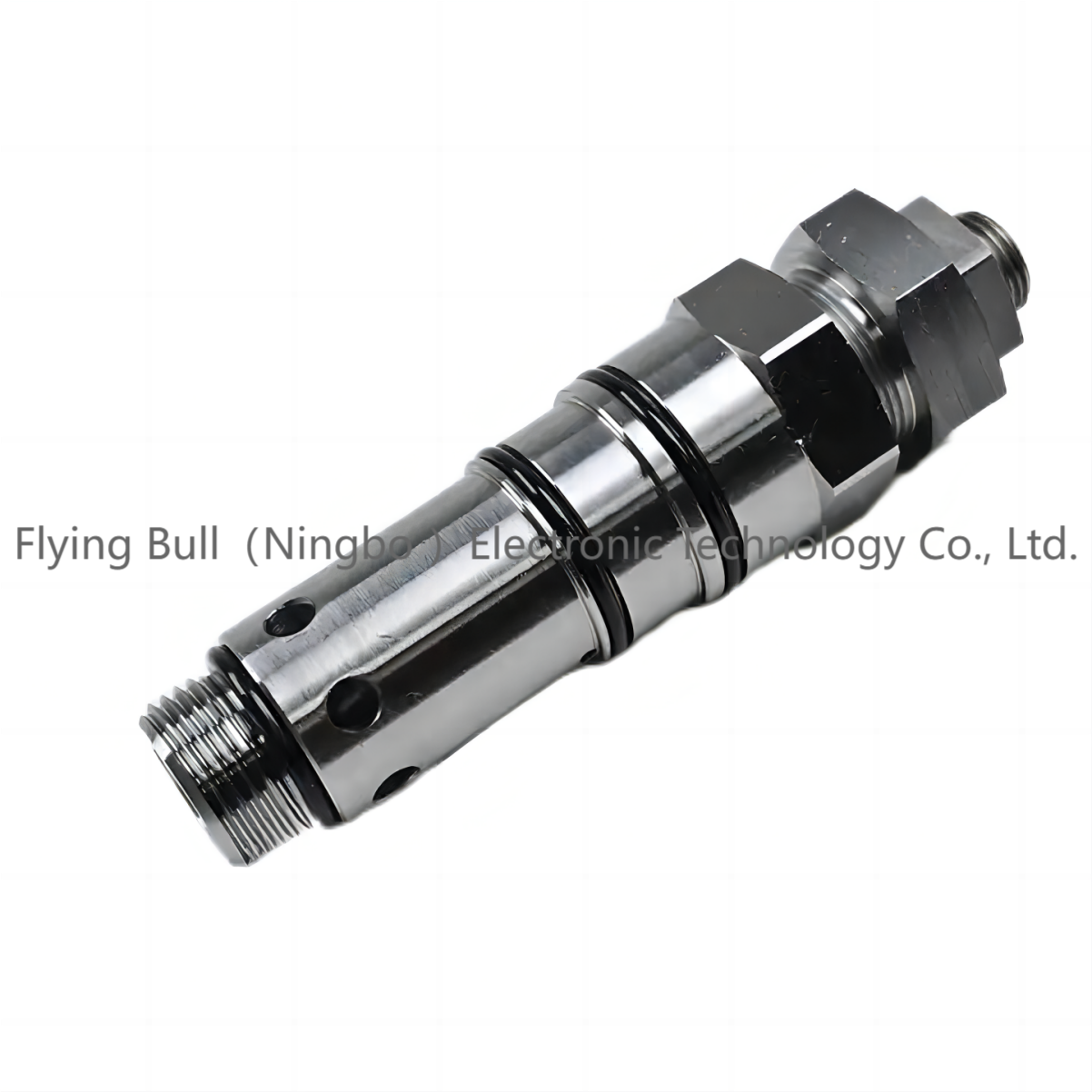
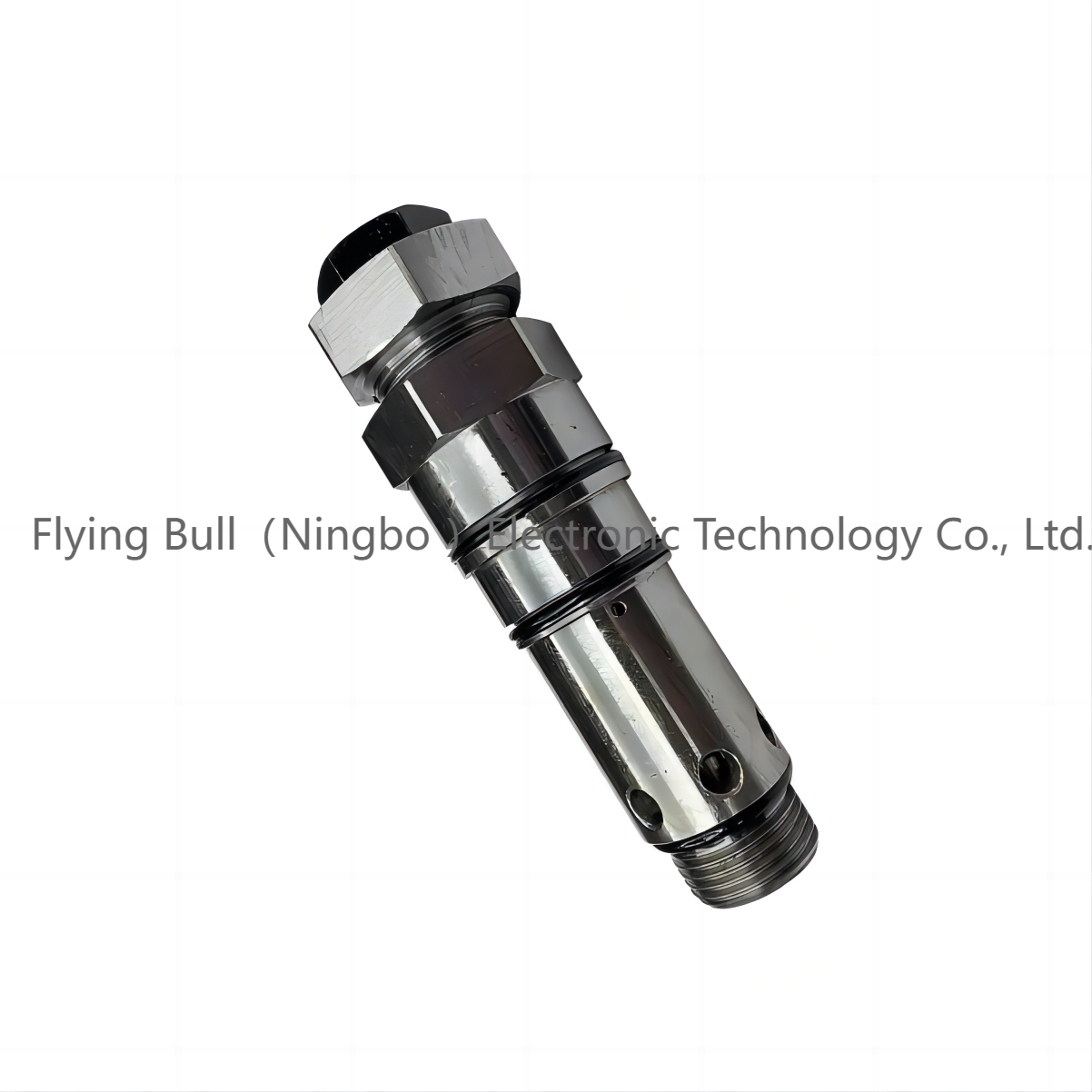
Company details






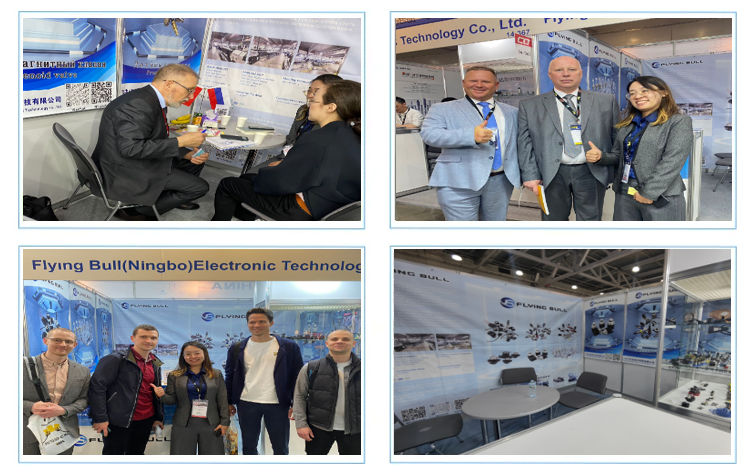

Company advantage
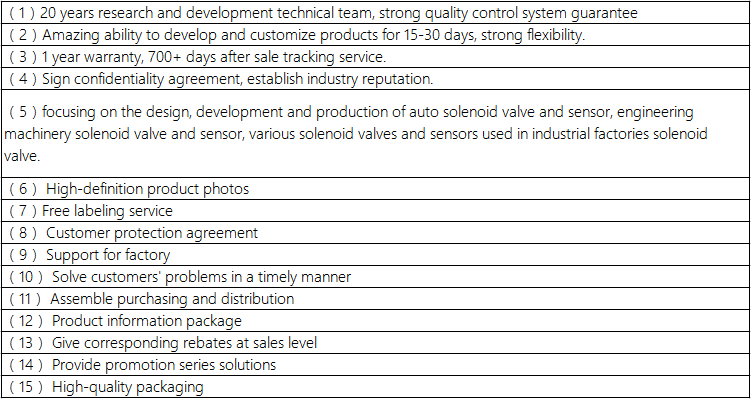
Transportation

FAQ
